How cosplay went mainstream
An excerpt from Andrew Liptak's 'Cosplay: A History - The Builders, Fans, and Makers Who Bring Your Favorite Stories to Life'


For decades, science-fiction and fantasy film, literature, and television were looked down upon by their more mainstream genre counterparts and creators, a lingering result of their low-brow origins: cheaply printed paper, cardboard sets, and escapist themes.
In the mid-1990s, that began to change. Television creators like J. Michael Straczynski, Rick Berman, and Michael Piller began to experiment with the storytelling format on their shows Babylon 5 and Deep Space 9, shifting away from standalone, episodic installments in favor of longer, serialized storylines. This set the groundwork for other ambitious projects that would follow, like Ronald D. Moore's reboot of the 1978 science-fiction series Battlestar Galactica on the Sci-Fi Channel. The series garnered widespread acclaim from critics, who pointed to its scientific realism and political relevance. This wasn't random escapism: It was a serious drama.
The 2000s was also when genre blockbusters took over movie theater box offices. Peter Jackson's The Lord of the Rings blew away audiences with its serious take on J.R.R. Tolkien's classic fantasy trilogy, while adaptations of J. K. Rowling's Harry Potter novels became just as popular as their source material. Superhero films like X-Men and Spider-Man kicked off the comic book adaptation bandwagon, setting the stage for the Marvel Cinematic Universe, which began in 2009 with Iron Man. J.J. Abrams revived Star Trek in theaters, while George Lucas finished out his Star Wars prequel trilogy and followed it up with an animated television series, The Clone Wars. Meanwhile, shows like The Big Bang Theory and Community helped to introduce and popularize traditional geek activities such as comic books, Comic-Con, Dungeons & Dragons, and cosplay for a much wider audience.
The Week
Escape your echo chamber. Get the facts behind the news, plus analysis from multiple perspectives.

Sign up for The Week's Free Newsletters
From our morning news briefing to a weekly Good News Newsletter, get the best of The Week delivered directly to your inbox.
From our morning news briefing to a weekly Good News Newsletter, get the best of The Week delivered directly to your inbox.
From that foundation, genre fans had plenty to choose from in the 2010s: On television, there was AMC's The Walking Dead; HBO's Game of Thrones, Westworld, and True Detective; The CW's Arrow (and its sister DC Universe shows); Netflix's Stranger Things, and the mini Marvel universe featuring Daredevil, Jessica Jones, Luke Cage, Iron Fist and The Punisher; Amazon's The Expanse; Hulu's The Handmaid's Tale; and plenty more. Science fiction continued to take over as well: The Marvel Cinematic Universe played out over twenty-one installments; Star Wars returned to theaters with The Force Awakens; and Warner Bros. launched the DC Extended Universe. There were plenty of other high-concept genre projects as well, such as Arrival, Annihilation, Blade Runner 2049, Ex Machina, Interstellar, Mad Max: Fury Road, and Gravity. These projects have gone mainstream in ways that fans of yesteryear could only have dreamed of. Where stories about aliens, dragons, and zombies were once confined to a niche audience, the wider viewing public was now obsessed with them. Today, "fan," "nerd," and "geek" are no longer epithets: They're badges of honor.
Finally, the 2000s kicked off a new era of popularity for video games, with mega-games like Fallout, Gears of War, Half-Life, Halo, World of Warcraft, and others exploding in popularity, due in part to the release of next-generation consoles (which allowed for better graphics) and internet access, which became only more universal as smartphones improved and hosted higher-quality games for hundreds of millions around the world.
Accompanying all of this genre content was the proliferation of fan websites — the modern-day equivalent of the fanzines of old — which pulled together viewers to discuss the latest episodes, their favorite characters, theories on where the show/book/film would go next, and more. As the saying goes, "If you build it, they will come." With more genre content certainly came more fans in a long-running feedback loop that still shows no sign of slowing down.
As a result, the cosplay scene exploded. Fans had more characters than ever to choose from and more places to go in costume, and they could do so knowing that their fandom was no longer stigmatized.
A free daily email with the biggest news stories of the day – and the best features from TheWeek.com
This incredible fan and media environment helped explode cosplay from a niche convention activity into mainstream acceptance. All of those genre shows and movies and comics provided an endless stream of inspiration and reference material for dedicated cosplayers, who turned out to conventions and Halloween in everything from DHARMA Initiative coveralls to Spider-Man suits; they dressed as zombies, Time Lords, Starfleet officers, and plenty more. Fans took their love of their books, comics, films, and shows from internet discussion forums to the convention floor.
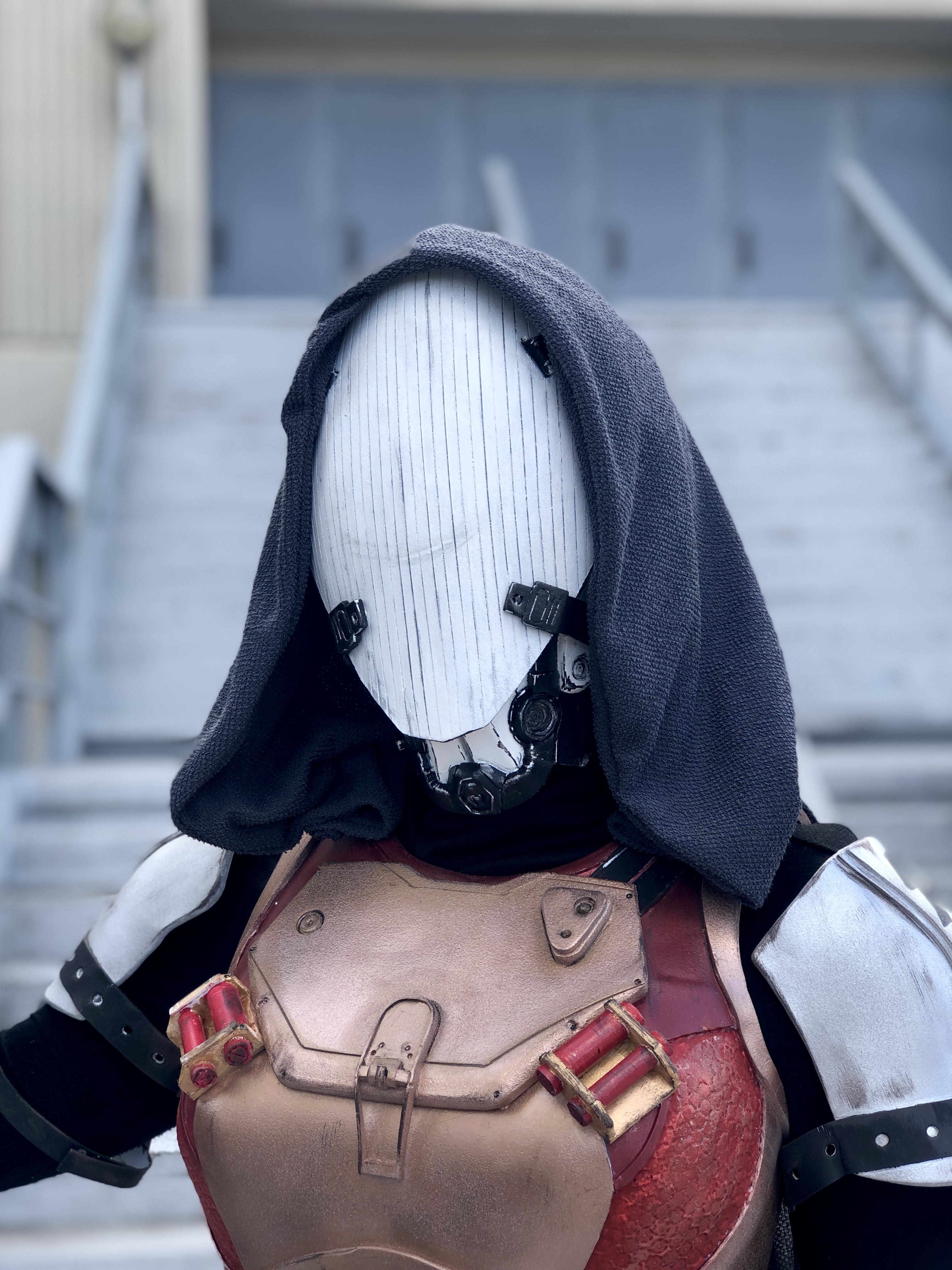
Katie Henderson, a cosplayer from Vermont, appeared at Dragon Con in 2019 dressed as her own character from the Bungie video game Destiny. "Everybody does something different," she told me.
Henderson explained that she chose to design her armor based on her avatar in the game. She printed out reference images and templates based on the generic sets of armor that were available from other makers online and modified them to suit her body type and the look of her character. Henderson noted that the game allows players to customize everything about their armor, from the types of plates that they wear to the colors and equipment and decorations, and that many of the people in attendance were dressing up as their own characters from the game.
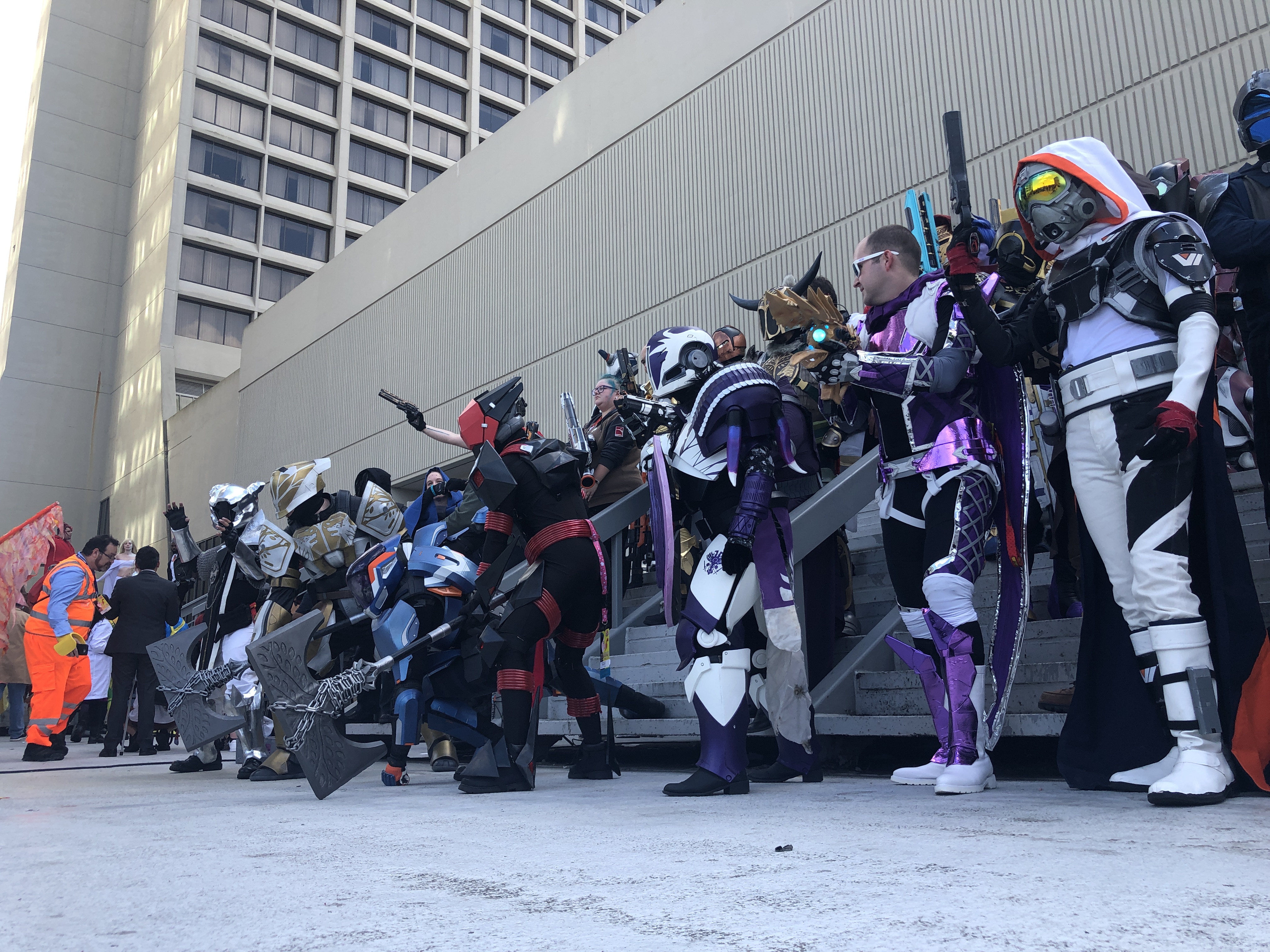
Dallas Nagata White notes that there is another reason video games are attractive source materials for cosplayers: They often demand a lot of time and emotional investment for players. They can not only spend days, weeks, or months working to beat a game, but as video games have incorporated vast open-world maps and multi-player elements, they can sink an endless amount of time into the world and lore, forming an intimate relationship between gamer and game. Moreover, playing a video game puts players in a world in which they can affect their character's actions and decisions.
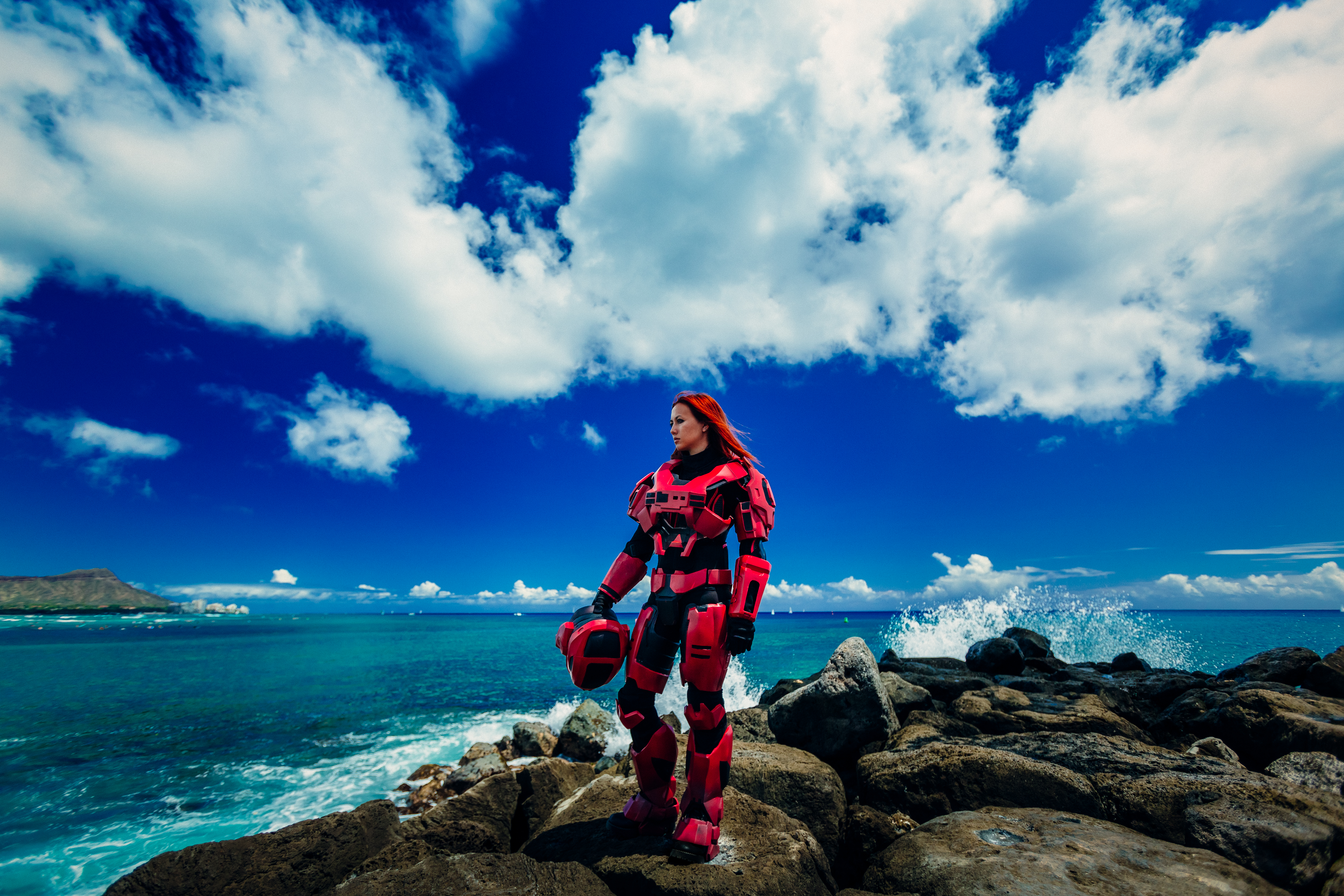
In many ways, cosplay is just a short hop away from that — a translation from digital property into the real world that allows them to physically embody their character, right down to the preferences they use in the game.
The proliferation of anime alongside the rise in video games has also boosted cosplay's profile. As all of these forms of genre entertainment have grown in popularity within mainstream audiences, cosplay has also appeared more often in the media and in public. News outlets run stories about cosplayers around major conventions either as a local interest piece or as part of national coverage.
Cosplay has appeared in mainstream productions and gone viral online. One notable example is violinist Lindsey Stirling, who released a video of herself dressed as Link from The Legend of Zelda franchise, playing a medley of music from the series. She later followed it up with other medleys from stories like Skyrim, Game of Thrones, Assassin's Creed III, Halo, and more, using those videos and the associated coverage to gain an audience for her original music. The tactic worked, bringing in billions of views on YouTube since her first viral video in 2007. "I started doing original songs and would intersperse covers in between to try and get traction," she told Fandom in 2019. "I had this fun idea of doing electronic and dubstep and then I'd squeeze in Legend of Zelda and Skyrim to get the audience and, it worked!"
Cosplay has appeared in other mainstream productions as well: It's a frequent element of the sitcom The Big Bang Theory, in which the main cast either appears in costume or talks about them on the show. In an episode of the TV procedural Castle, one particularly meta moment is when the show's titular character (played by Nathan Fillion) not only dresses up in costume, but cosplays as his character from Firefly, Malcolm Reynolds. Other shows, like Brooklyn Nine-Nine, Community, CSI, Mythic Quest, and Supernatural, and movies including Fanboys and Galaxy Quest, have all set scenes in conventions and depict cosplay in the background or as key plot points, further helping to highlight and normalize the hobby for audiences.
Cosplay has also been the focus of reality television. The Sci-Fi Channel, rebranded as Syfy in 2009, launched a reality series in 2011 about special effects makeup called Face Off, which ran for seven years and produced a spin-off, Face Off: Game Face, in 2017. The network also released Heroes of Cosplay in 2013 and 2014, featuring cosplayers such as Yaya Han, Chloe Dykstra, and Riki LeCotey; as well as Cosplay Melee, hosted by Community's Yvette Nicole Brown. Both shows took viewers through the ins and outs of creating costumes each week and helped show off some of the cosplay world to a wider public.
Some cosplayers also break into mainstream attention with an eye-catching costume or outfit by going viral on social media. In 2009, cosplayer Jessica Nigri attended the convention dressed as "Sexy Pikachu," a costume that consisted of a short yellow skirt, low-cut crop top, a tail, and ears. She quickly earned widespread attention from news outlets for her take on the character. In other instances, news outlets pick up stories about cosplayers like Alyson Tabbitha, who published a series of before and after photographs of her work, or Mandy Pursley, who made a Cinderella costume with her prosthetic arm replacing the character's shoe, further disseminating the scene to a mainstream audience.
All of these factors — the rise in genre entertainment; the increased connectivity afforded by the internet; the ongoing DIY and maker movements; and the ease of access to supplies, materials, and tutorials — helped to propel cosplay into the pop culture zeitgeist. Whereas once cosplayers faced ridicule, or at the very least an odd look from family, coworkers, or strangers, they're now celebrated for their creativity and passion. The concept of cosplay is now familiar to most, and now that its genie is out of the bottle, someone only has to come up with a costume for it.
This is an excerpt of Cosplay: A History - The Builders, Fans, and Makers Who Bring Your Favorite Stories to Life (Saga Press, June 28, 2022), available for purchase here or wherever books are sold.
Andrew Liptak is a writer and historian from Vermont. He is the author of the forthcoming book Cosplay: A History (Saga Press, On sale June 28, 2022), and his work has appeared in Clarkesworld Magazine, io9, Kirkus Reviews, Lightspeed Magazine, Seven Days, Tor.com, VentureBeat, The Verge, and other publications. A member of the 501st Legion's New England Garrison and Green Mountain Squad, you might find him at a convention dressed as a Shoretrooper, Clone Trooper, Stormtrooper, or First Order Stormtrooper. You can visit his website, follow him on Twitter, or subscribe to his newsletter.
-
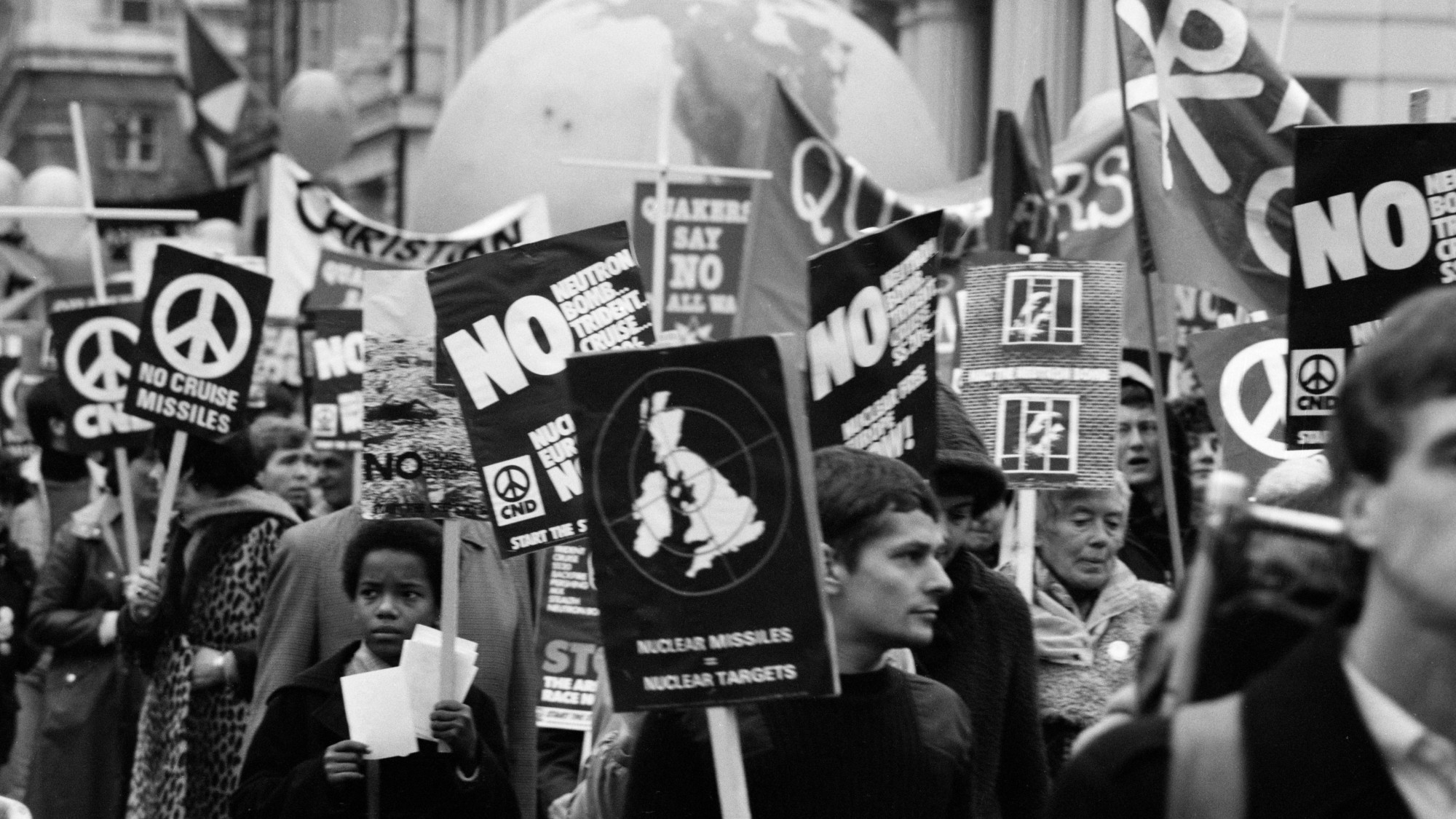 The history of US nuclear weapons on UK soil
The history of US nuclear weapons on UK soilThe Explainer Arrangement has led to protests and dangerous mishaps
-
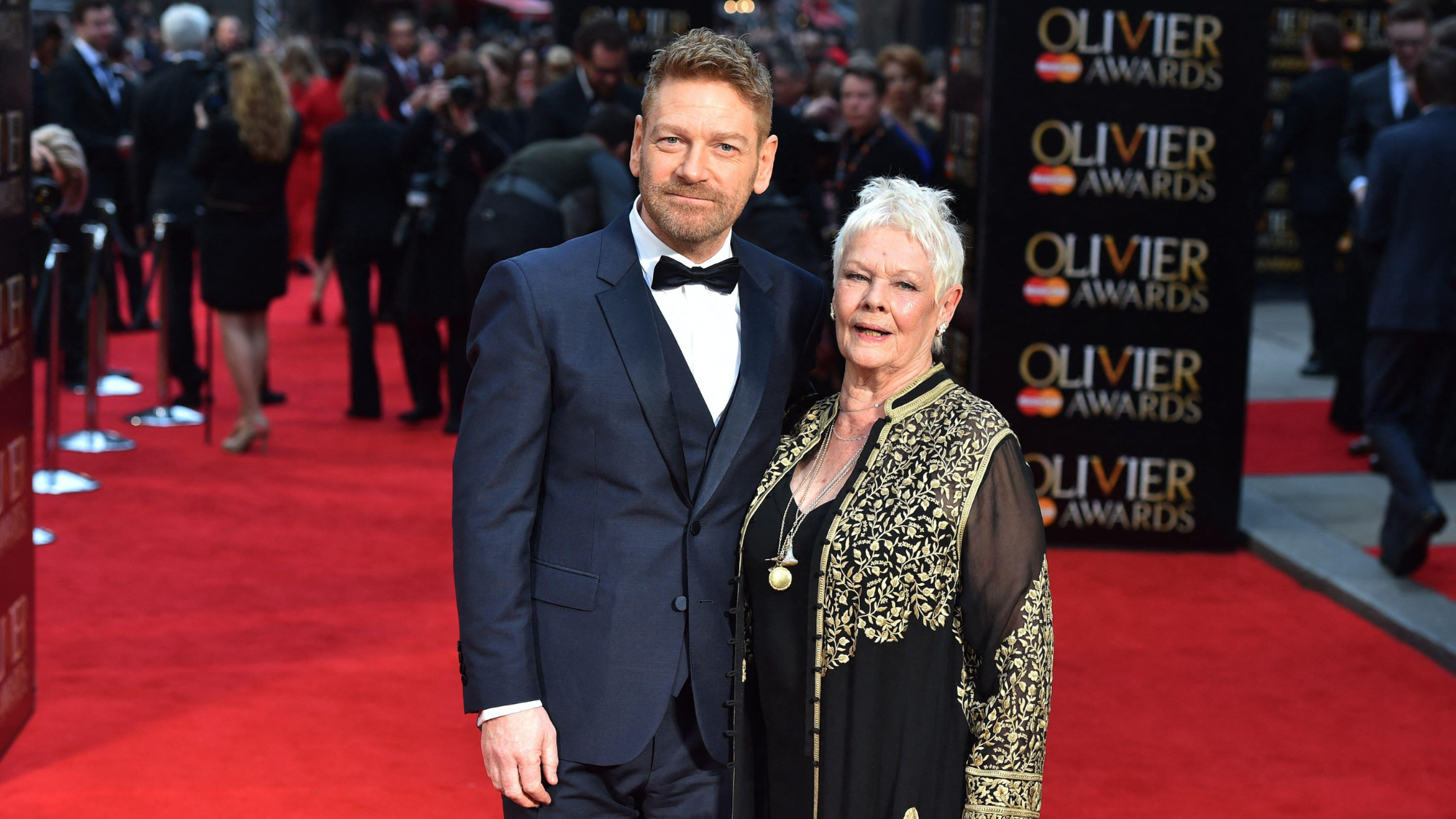 Tea with Judi Dench: ‘touching’ show is must-watch Christmas TV
Tea with Judi Dench: ‘touching’ show is must-watch Christmas TVThe Week Recommends The national treasure sits down with Kenneth Branagh at her country home for a heartwarming ‘natter’
-
 Codeword: December 24, 2025
Codeword: December 24, 2025The daily codeword puzzle from The Week
-
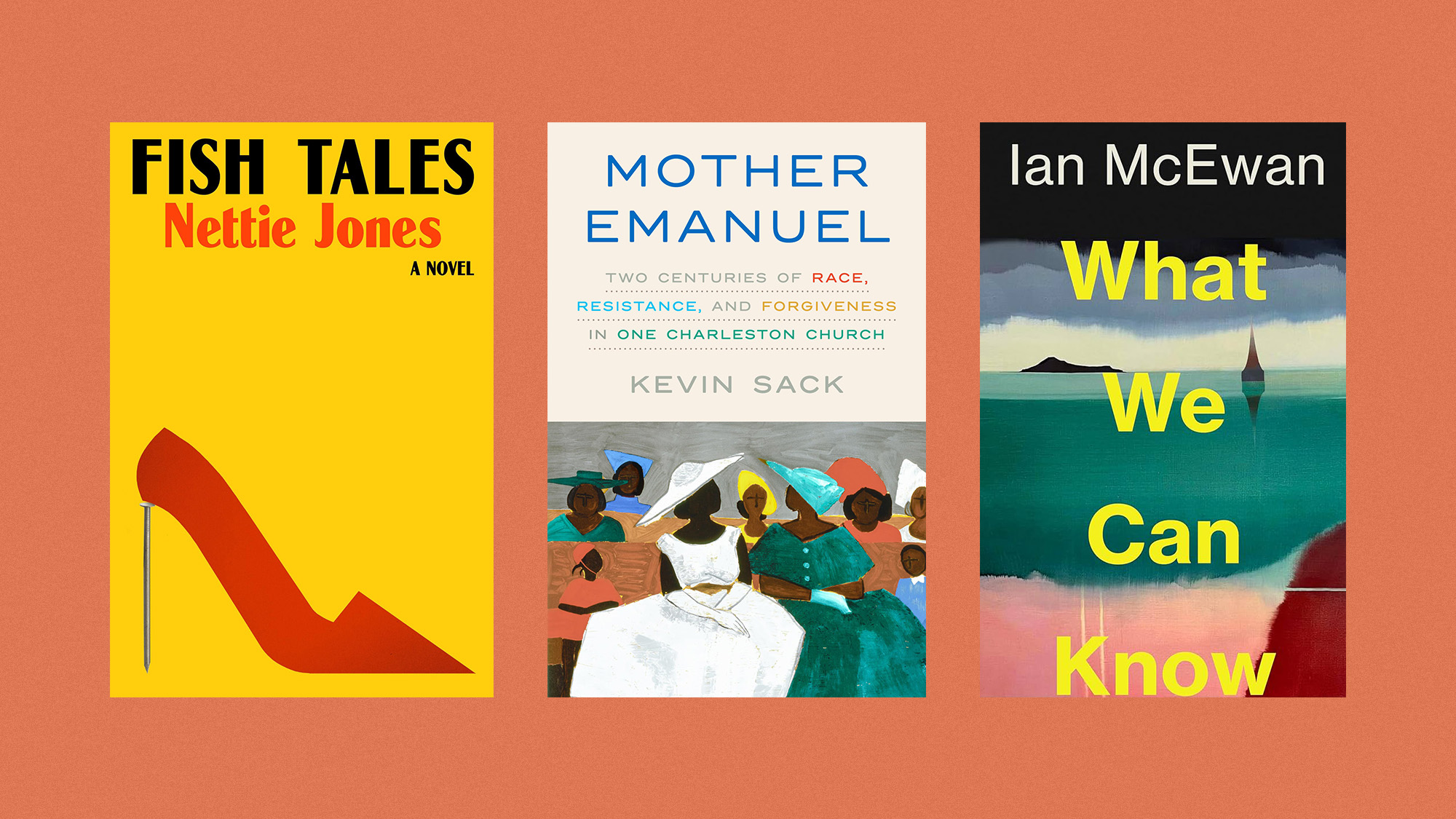 The best books of 2025
The best books of 2025The Week Recommends A deep dive into the site of a mass shooting, a new release from the author of ‘Atonement’ and more
-
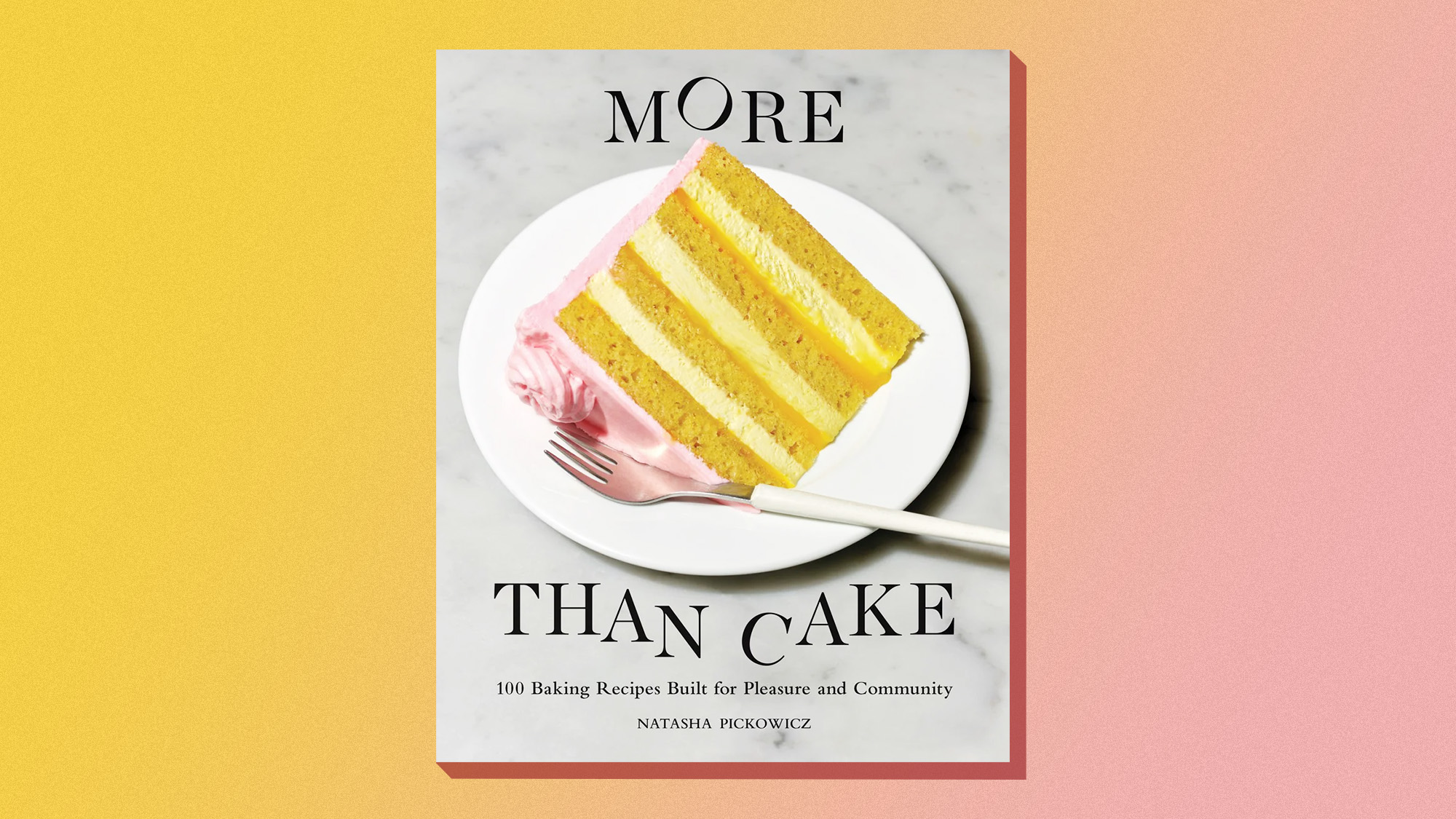 One great cookbook: Natasha Pickowicz’s ‘More Than Cake’
One great cookbook: Natasha Pickowicz’s ‘More Than Cake’the week recommends The power of pastry brought to inspired life
-
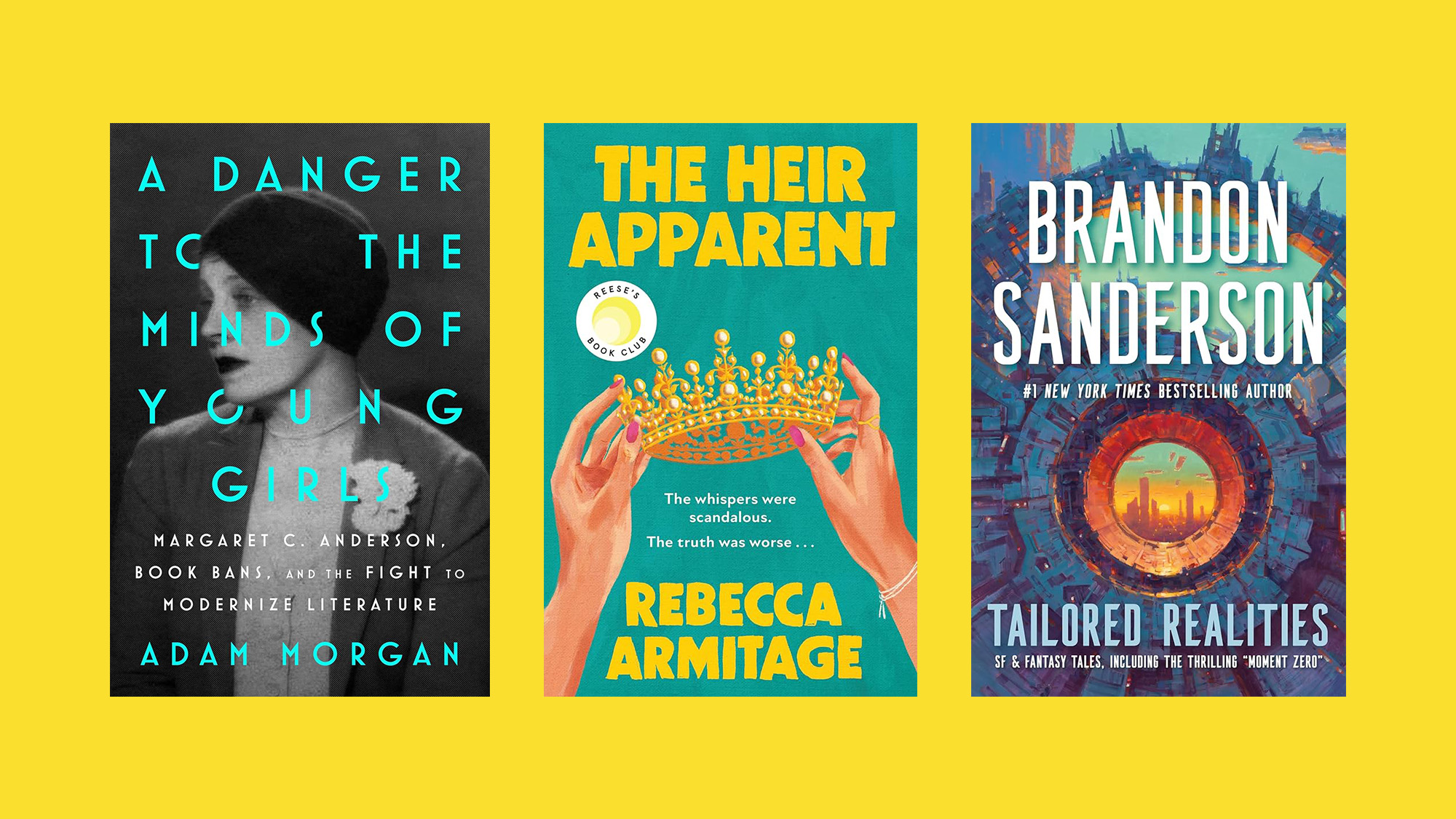 December’s books feature otherworldly tales, a literary icon’s life story and an adult royal romp
December’s books feature otherworldly tales, a literary icon’s life story and an adult royal rompThe Week Recommends This month's new releases include ‘The Heir Apparent’ by Rebecca Armitage and ‘Tailored Realities’ by Brandon Sanderson
-
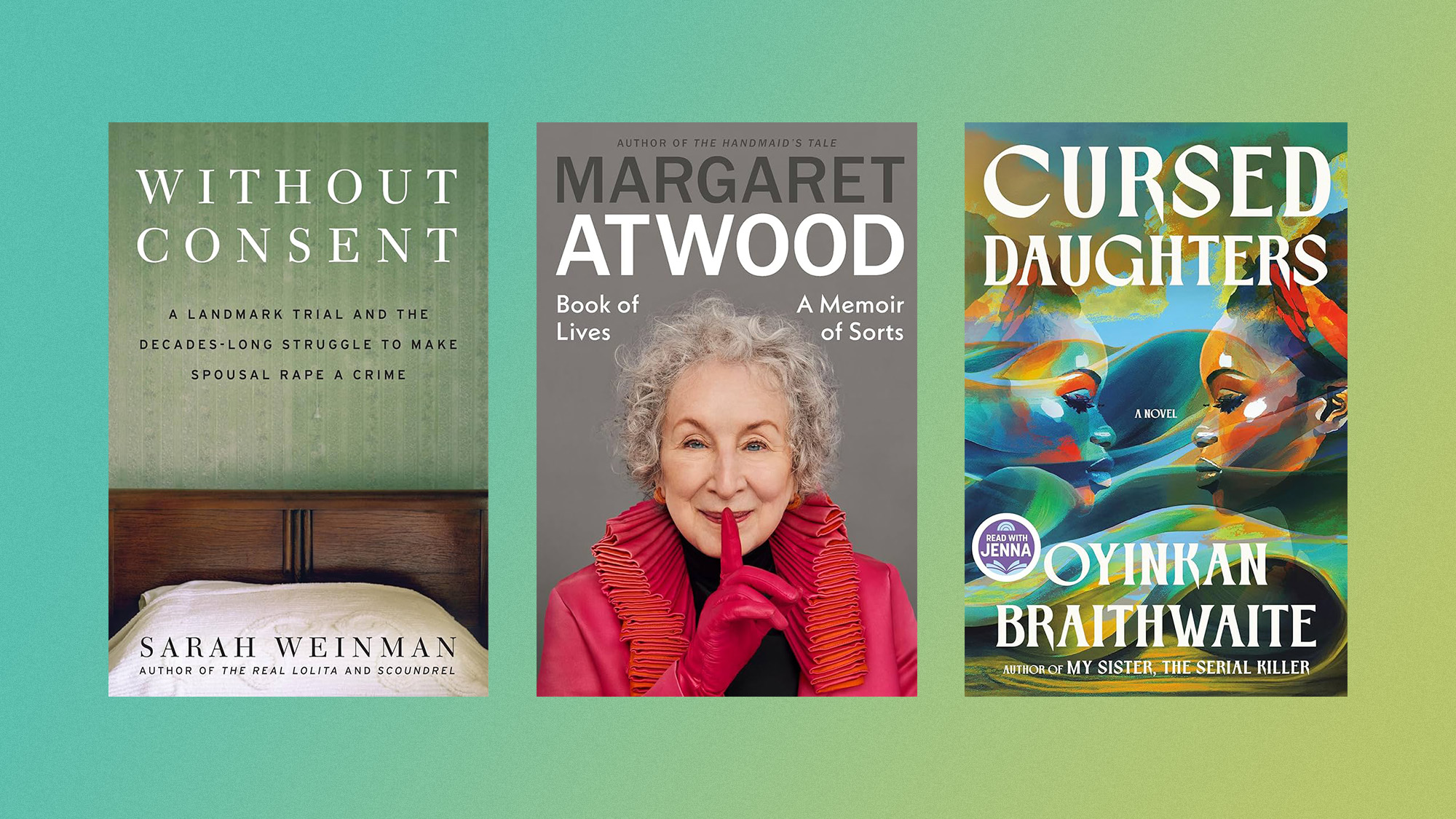 Margaret Atwood’s memoir, intergenerational trauma and the fight to make spousal rape a crime: Welcome to November books
Margaret Atwood’s memoir, intergenerational trauma and the fight to make spousal rape a crime: Welcome to November booksThe Week Recommends This month's new releases include ‘Book of Lives: A Memoir of Sorts’ by Margaret Atwood, ‘Cursed Daughters’ by Oyinkan Braithwaite and 'Without Consent' by Sarah Weinman
-
 One great cookbook: Niloufer Ichaporia King’s ‘My Bombay Kitchen’
One great cookbook: Niloufer Ichaporia King’s ‘My Bombay Kitchen’The Week Recommends A personal, scholarly wander through a singular cuisine
-
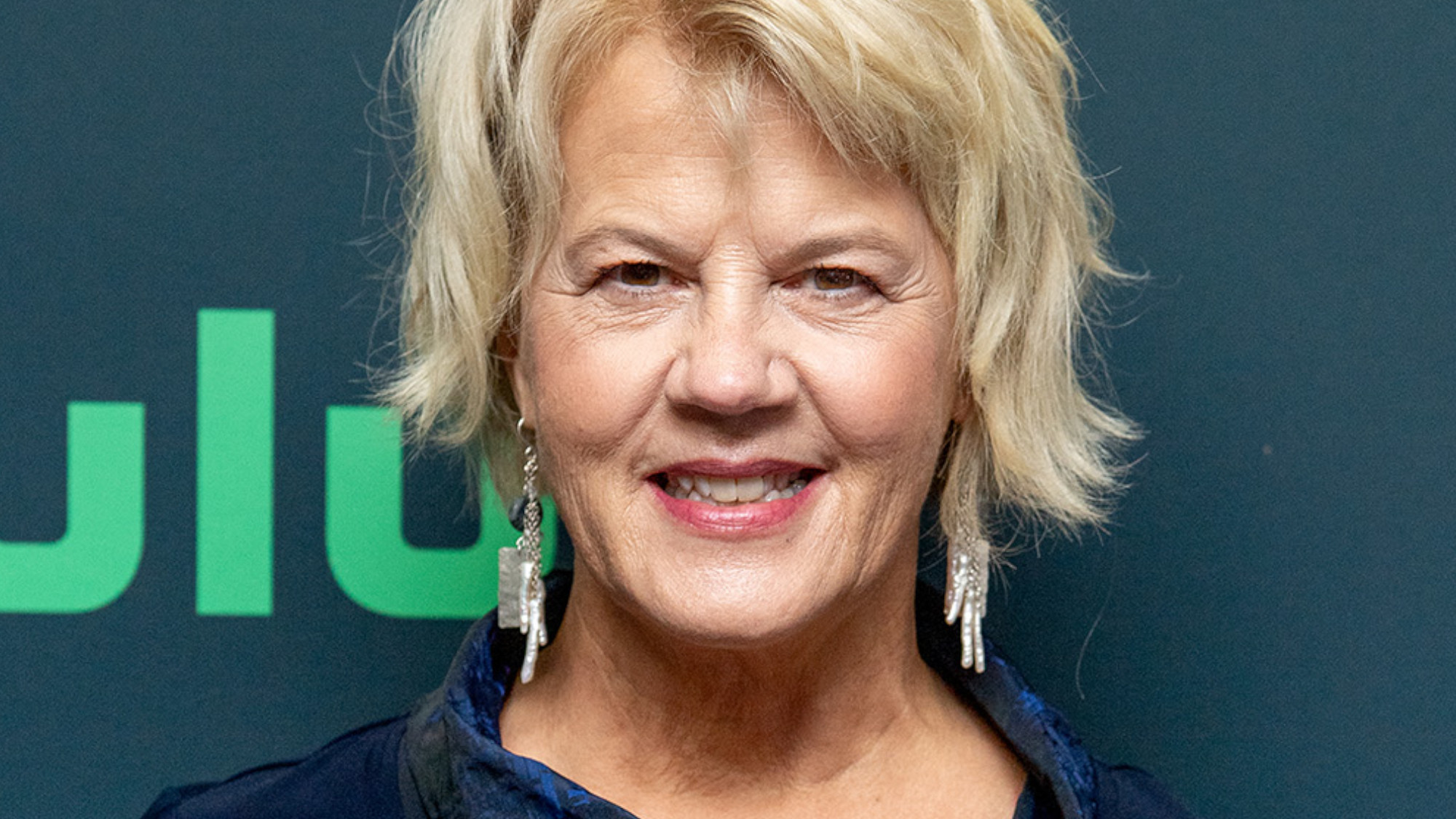 Beth Macy’s 6 favorite books about living in a divided nation
Beth Macy’s 6 favorite books about living in a divided nationFeature The journalist recommends works by Nicholas Buccola, Matthew Desmond, and more
-
 Gilbert King’s 6 favorite books about the search for justice
Gilbert King’s 6 favorite books about the search for justiceFeature The journalist recommends works by Bryan Stevenson, David Grann, and more
-
 Nathan Harris’ 6 favorite books that turn adventures into revelations
Nathan Harris’ 6 favorite books that turn adventures into revelationsFeature The author recommends works by Kazuo Ishiguro, Ian McGuire, and more
